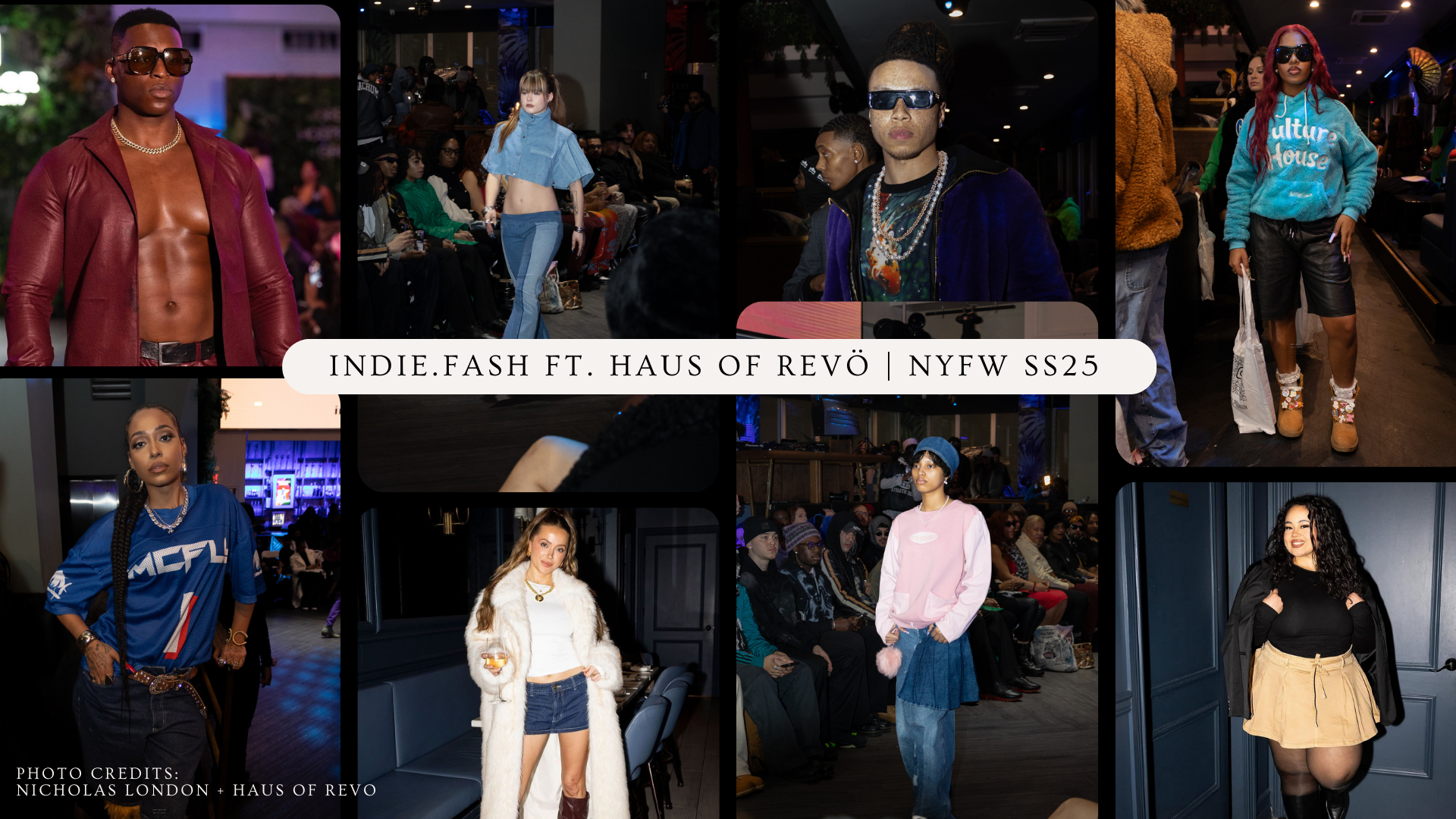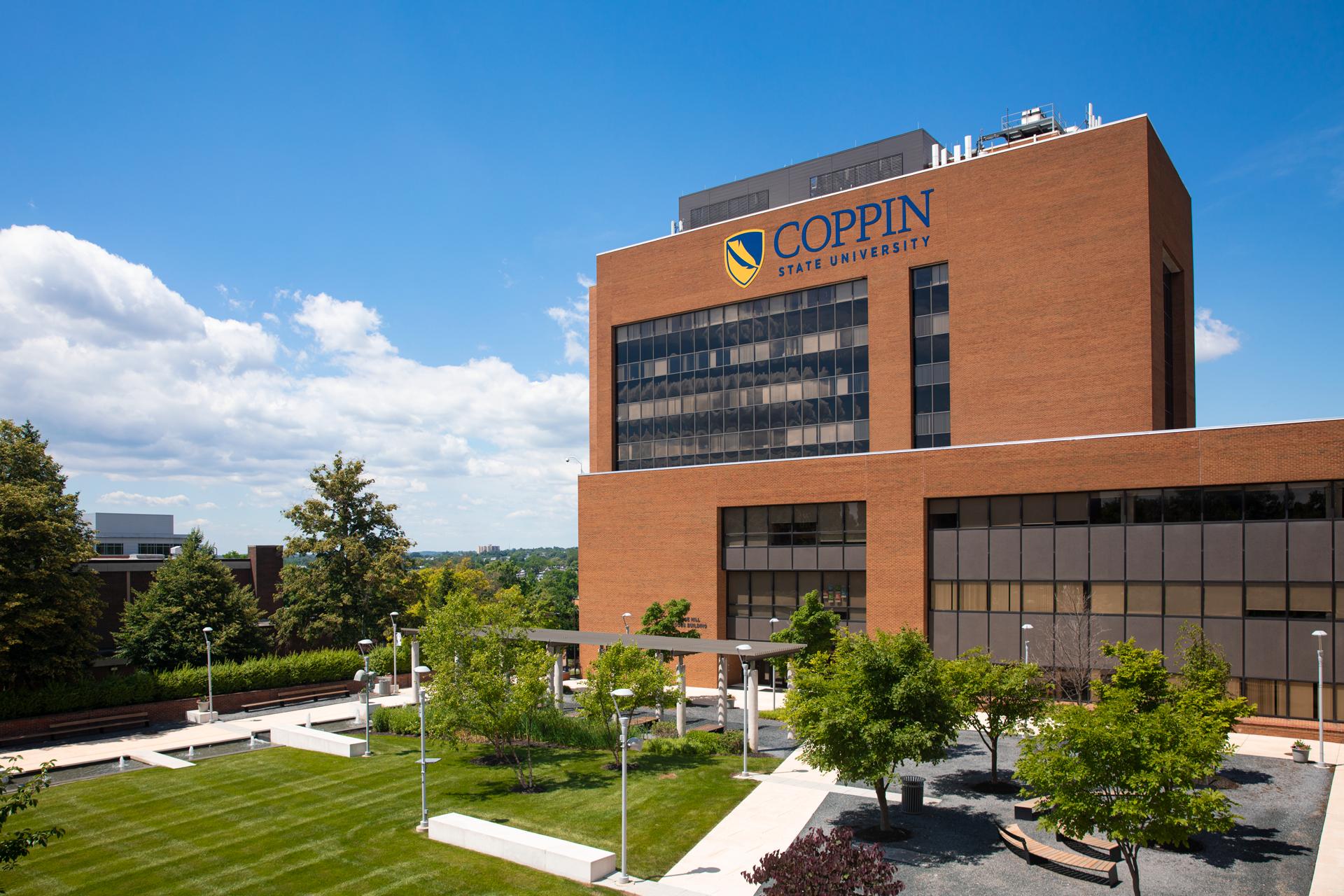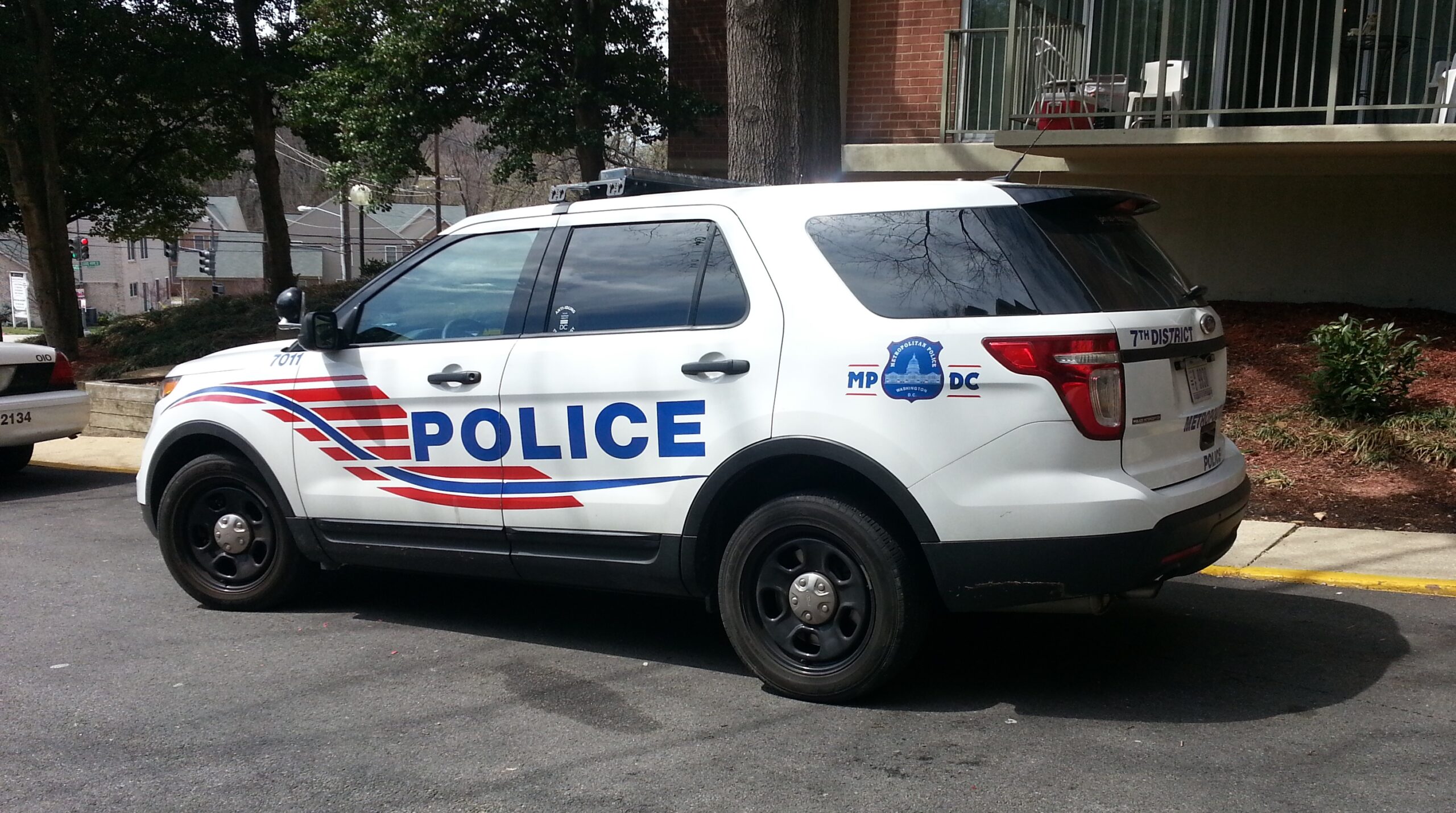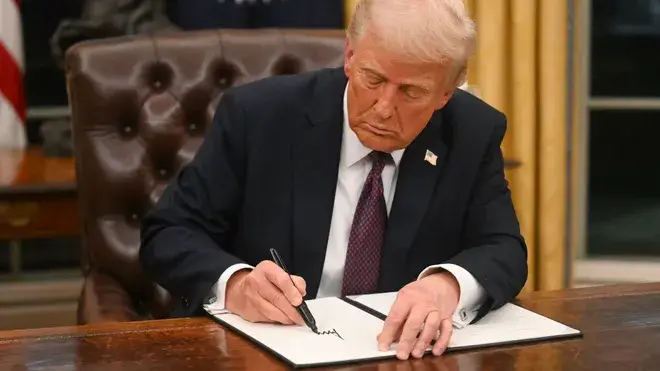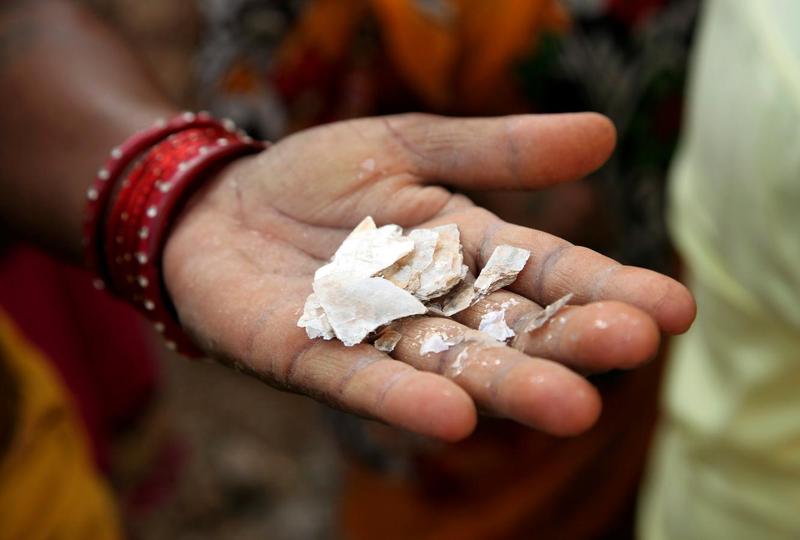
The Ugly Truth In Beauty
When mentioning “cruelty-free” in beauty, consumers believe it’s implied even without finding it on the label.
Animal testing is moving to be a thing of the past due to dedicated activists, reporters, and beauty organizations but forced child labor in South Asia and East African is the form of brutality that most buyers don’t consider when purchasing their beauty essentials.
Mica is a group of crystalline minerals that is used to add shimmer in anything from car paint to cosmetics.
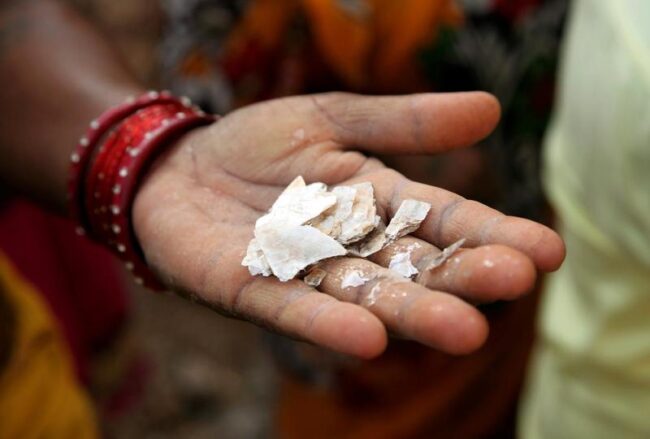
“Many Americans remain unaware of the inconvenient truth about this beauty mainstay,” said humans rights journalist Jocelyn Zuckerman, “an estimated 22,000 children work in mica mines in India, where about a quarter of the world’s supply is extracted.”
In India, it is illegal for children under 18 to work in high-risk environments but over 80 percent of mica mines are operated with child employees.
Back in 2009, Anti-Slavery experts reported children mining often worked with family members, bringing home as little as 59 rupees ($0.69) a day.
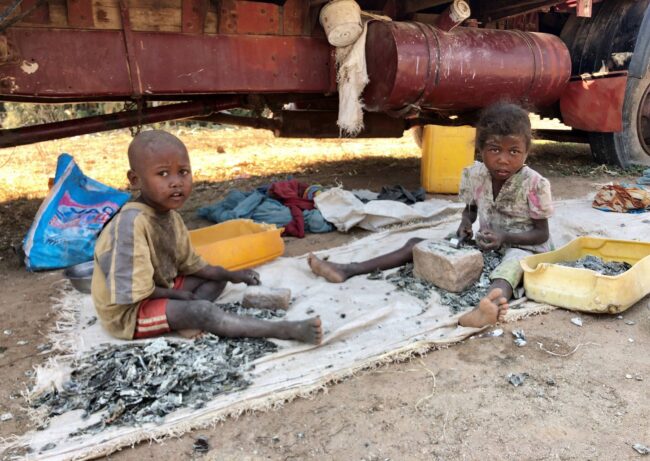
Children, as young as 4 are working in underground mica pits in Madagascar preparing material to ship to China for product processing, NBC experts said.
The mineral that gives our beauty products its shimmery color is safe for external use but when inhaled can have lasting effects. The issue companies are having is sourcing child-labor-free mica to add to their ingredients list.
Brands such as Lush were using mica mined from South Asia in their products but when they became aware of the child labor used to produce big sellers, like their bath bombs, Lush stepped back from their main supplier and began creating lab-made shimmers.
Within recent years, it has been the mission of many cosmetic companies, including Estée Lauder to join forces with international organizations to stop the “traceability” of Indian mica mining and modern-day slavery amongst children.
Sources:
- Global Beauty: Glimmer of Hope written by Jocelyn Zuckerman
- Antislavery.org
- NBC News


